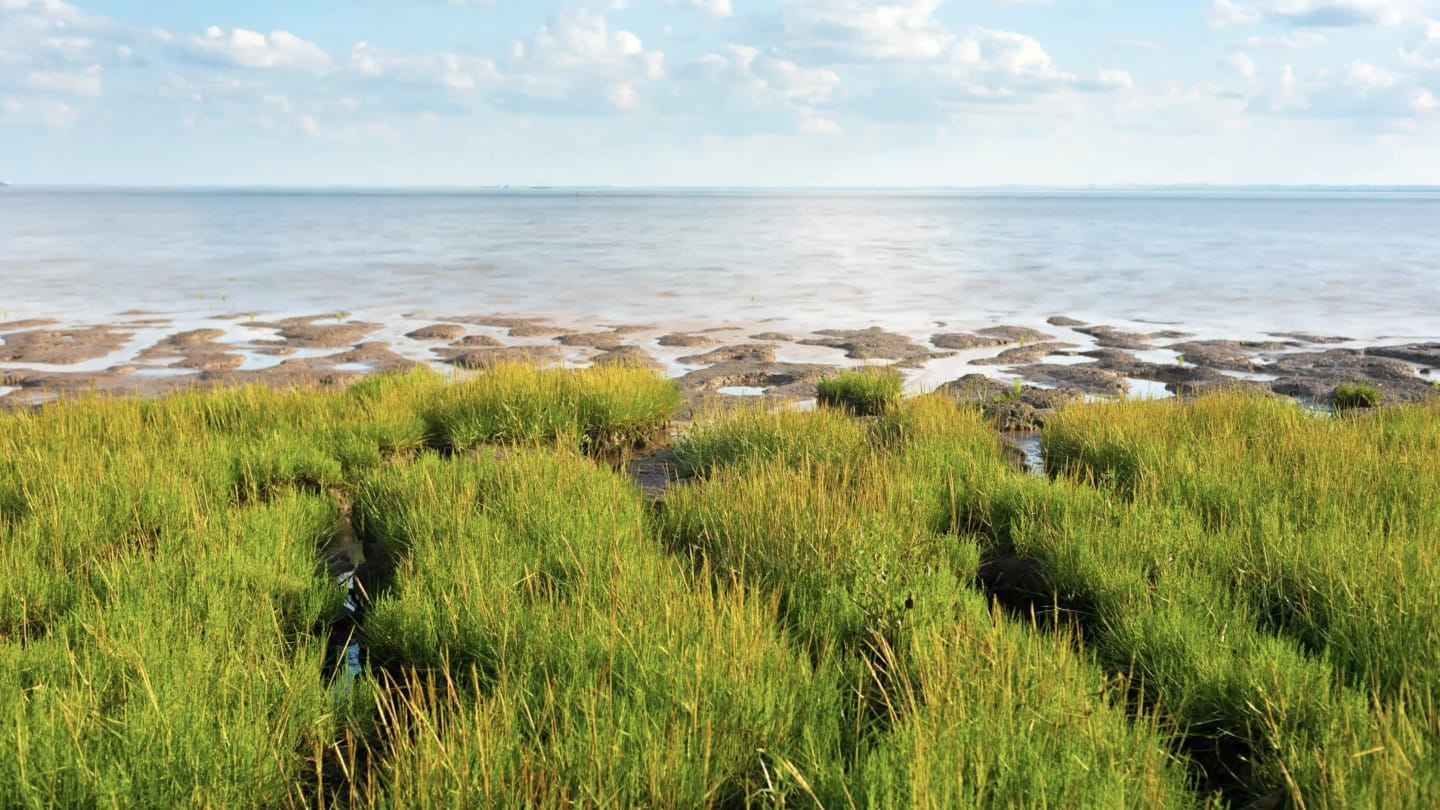Climate change is becoming one of the biggest drivers of biodiversity loss, and a substantial expansion of renewable energy is central to tackling these interlinked crises. The UK Government has set an ambition to build 50GW of offshore wind by 2030, and Ørsted believes the expansion of offshore wind energy needed to fight climate change can and must integrate solutions onshore and offshore, that support and enhance biodiversity. That is why Ørsted has set an industry-leading ambition to deliver a net-positive impact on biodiversity across all the new energy projects it commissions from 2030 at the latest.
The Department for Environment, Food & Rural Affairs (DEFRA) has commended this new pilot project as an example of how restoration of important marine habitats can work in practice and deliver multiple benefits.
Environment Minister Rebecca Pow said: “Recent events have demonstrated the importance of developing a home-grown renewable energy supply.
“We are committed to developing schemes that work alongside the recovery of natural habitats. Climate change and biodiversity loss are significant challenges, and I welcome the commitment Ørsted are making today.
“This project in the Humber Estuary showcases the potential for private sector investment, alongside support from the public sector. I hope that this is a catalyst for further practical projects that protect and enhance our natural environment.”
Benj Sykes, Head of Environment, Consents and External Affairs at Ørsted said: “Now is the time for action on biodiversity. We know that the climate crisis is one of the biggest threats to our biodiversity and so we must start to implement tangible projects that will help restore nature.
“As a company that's committed to building a clean, sustainable future for people and planet, we know that we need to work harder than ever to ensure we continue to develop in balance with nature as offshore wind becomes the backbone of the energy system in the UK.
“With this in mind, Ørsted has set the ambition that from 2030, all new projects commissioned must have a net-positive impact on biodiversity. Our vision is to create a world that runs entirely on green energy and protecting biodiversity is, and will continue to be, an integral part of the way we work. This project in the Humber Estuary, working in collaboration with experts from the Yorkshire and Lincolnshire Wildlife Trusts, is a fantastic example of how the offshore wind industry can work with local partners to ensure we leave our natural environment in a better state for generations to come.”
Rachael Bice, Chief Executive for Yorkshire Wildlife Trust said: “Large scale restoration of Yorkshire’s seas is the only way forward if we are to tackle the twin nature and climate crises. Through this collaboration with Ørsted, we will make a transformative step in reversing decades of damage to the ecosystems of the Humber Estuary. Benefitting nature, climate, and people by providing essential habitat, increasing carbon sequestration, and supporting local fisheries. This project sets the standard for marine restoration, and we look forward to it driving further investment in projects across Yorkshire and the UK. We can’t wait to share the results with you in the coming years.”
Paul Learoyd, Chief Executive for Lincolnshire Wildlife Trust said:“After spending time over recent years working with partners across the Humber to identify priorities for the estuary and its hinterlands, Lincolnshire Wildlife Trust are extremely pleased to take forward this work with Ørsted and Yorkshire Wildlife Trust. The lessons from this work could see large scale restoration across our North Sea, and beyond. These are exciting times that build on the foundations of all the work that partners have contributed.”
The Humber Estuary’s conservation status has recently been downgraded due to pollution and loss of habitat, while with land development across the UK encroaching on coastal areas and rising sea levels, saltmarshes are also disappearing at an alarming rate. Rewilding and reintroducing native species will help restore the estuary, and also play a vital role in addressing climate change.
In a similar way to trees taking carbon from the air, seagrass takes carbon from water and does so at a rate 35x faster than tropical rainforests. Saltmarshes are also incredibly efficient at capturing and storing large quantities of carbon, help with climate adaption, and deliver Nature-based Solutions that address issues such as flood risks.
During the first phase of the project, seagrass seeds will be planted in 4ha of in the estuary to provide vital shelter and a nursery ground for a variety of fish. The release of 500,000 native oysters will enable biogenic reefs to form, in turn providing critical habitat for multiple species whilst also filtering and improving estuary water quality. Where 95% of native oyster reefs have disappeared from the Humber since the early 1900’s, this project will start to rebalance biodiversity in this area. Through this project Ørsted has also committed to planting and restoring 3ha of saltmarsh plants, providing nutrient rich habitats, ideal for wading birds. The habitats created by these three vital species will nourish and protect the native wildlife of the Humber.
The Humber pilot is one of a number of innovative projects with a focus on protecting and enhancing biodiversity that Ørsted is exploring. Ørsted is also working alongside WWF Denmark to improve the conditions for cod and other marine organisms in the Kattegat, a sea area between Denmark and Sweden; and , and together with ARK Nature it is pioneering marine rewilding in the North Sea. The company also recently announced ReCoral by ØrstedTM, a plan to attempt a world-first in supporting coral reefs by growing corals on offshore wind turbine foundations in Taiwan.

